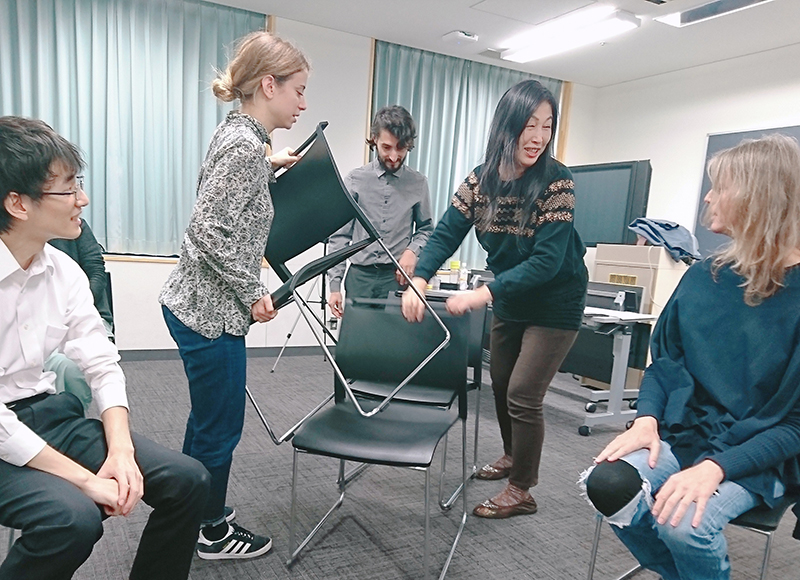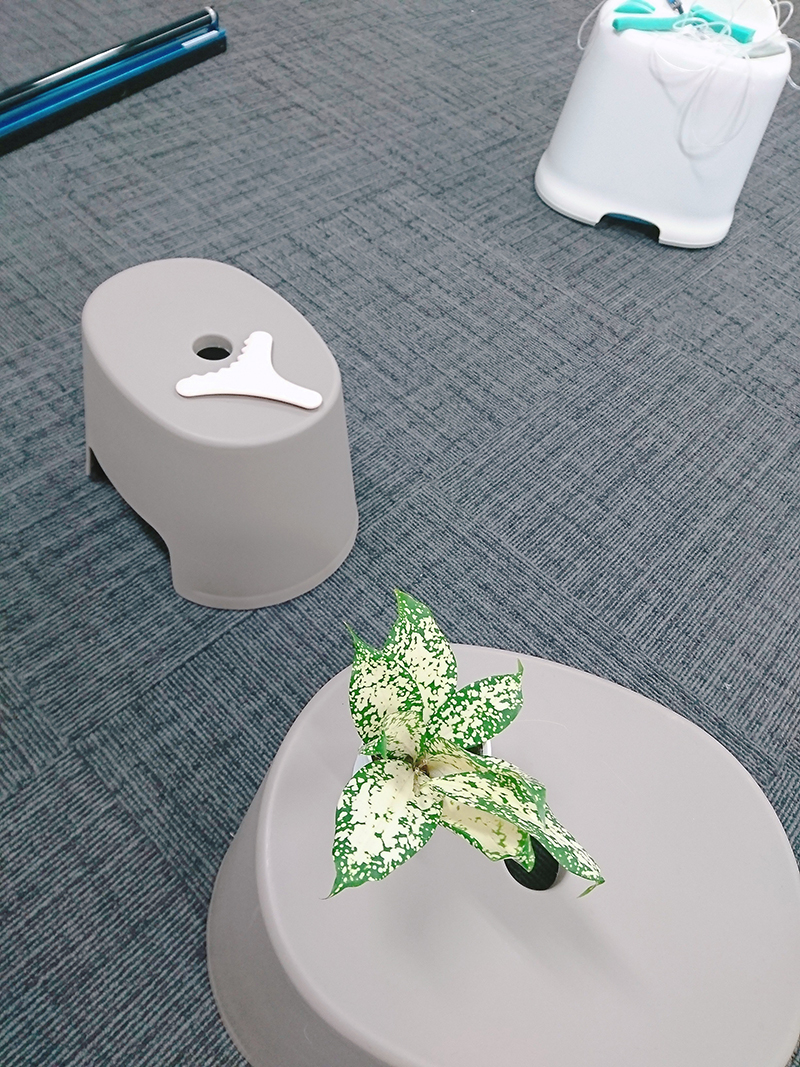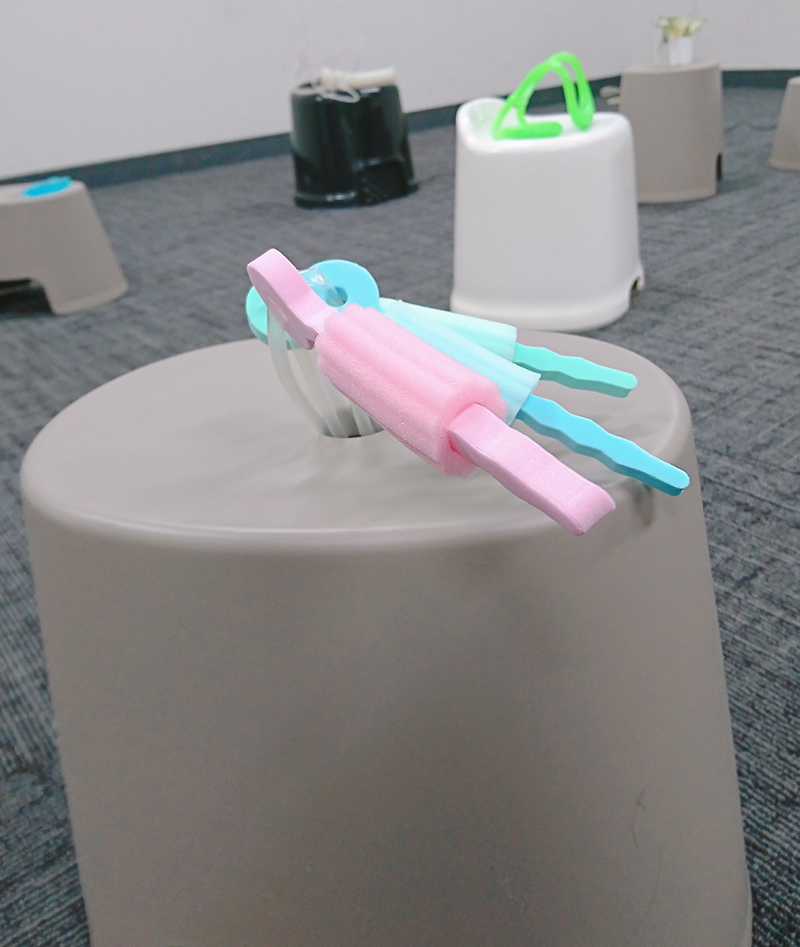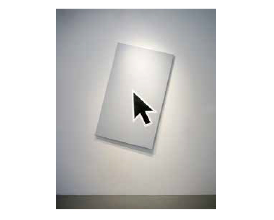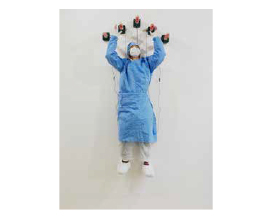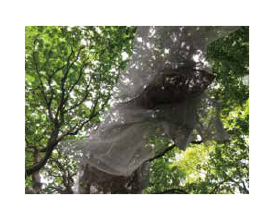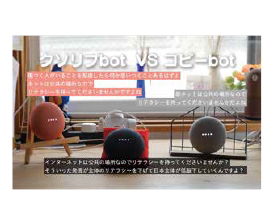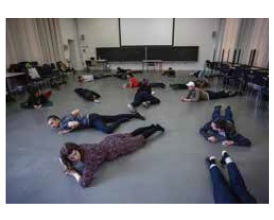AGUSI(Aoyama Gakuin University Singularity Institute) is pleased to present The Shape of the Things to Come: AI, Technology and Human. Today we stand at the dawn of the age of the singularity of technology. In the transition stage, the exhibition prospects the views of the forthcoming society and the shape of the human should to be in the future. In conjunction with the works of contemporary artists, Exonemo, Okamoto Mitsuhiro, Konan, Kenta Cobayashi, Yoko Nakamura, Katsuki Nogami+Taiki Watai, Asako Fujikura and Susan Ploetz, a series of talk sessions and conferences with experts and specialists of various genres will be held.
In every era, people have been concerned about technology and its effect on people’s lives. In H.G. Wells’s classic work of speculative fiction “The Shape of Things to Come,” he considers the form of the future starting with the year of writing and moving up to the year 2106; Wells predicts various events, some of which have been realized, such as the development of weapons of mass destruction, and some not, for instance the political enforcement of English as a global language.
2019 is the precise halfway point of Wells’s predictions, and, as such, is an opportune time to reevaluate the future. Wells’s predictions focused on social and political phenomena, but this exhibition places its attention on the individual as the fundamental unit of social and political structures, looking specifically at the relationship between human individuals and the technology they rely on and use for creative expression.
Current technical tools enable artistic expression of novel kinds, some of which will be represented in this exhibition. Further, the development of artificial intelligence and AI applications lets artists introduce a new kind of autonomy to their work, which allows the exploration of new artistic concepts. Finally, the existence of AI and AI-related tools raises questions about the nature of humanity and the proper relationship between the “natural” and “artificial.” This exhibition brings together and creates a dialogue between work in these areas.


